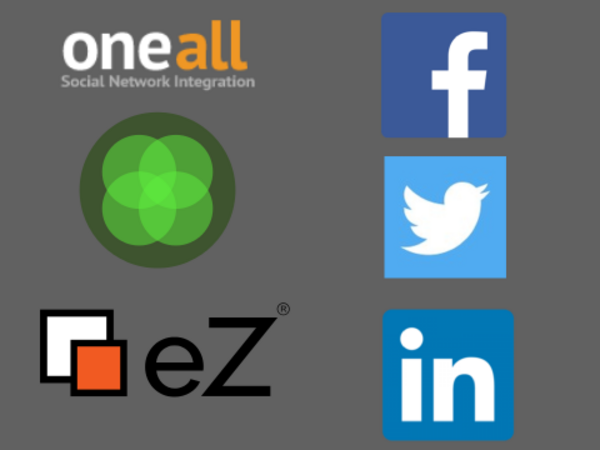For most content-based websites, success comes down to a trio of critical metrics: traffic, engagement, and revenue. These success metrics can also be expressed as a conversion path: you drive traffic to your site via content and marketing strategies that engage your audience, and this converts to revenue via ads, sponsored content, paid subscriptions, or otherwise.
I recently did a performance review for a server setup running more than 200 websites. The infrastructure is hosted at Amazon Web Services (AWS). It contains multiple web servers behind multiple Varnish caching servers, uses Relational Database Service (RDS) for database storage, and uses Elastic File System (EFS) for storing assets like content images and documents. There were several areas of performance optimization to be done, which was a good development exercise and resulted in an improved user experience. Most importantly, though, the results also saved bandwidth; reduced the number of servers, number of CPUs, and amount of RAM required; and saved money! A faster site also improves SEO, which will drive more visitors / customers to your site, and will increase conversions.

Building a relationship with a web development partner can be a lot like dating. In the early days of your relationship, you’ll be talking to your web developer frequently, getting to know their strengths and weaknesses, and hoping they’ll be reliable, trustworthy, and ultimately live up to your expectations.

We’re often asked which content management system we would recommend for small businesses, non-profits, enterprise clients, magazines, book publishers, etc. We’ve written a lot about our favourite content management system (eZ Publish / eZ Platform), which we’ve used for countless sites of various sizes and levels of complexity in a wide variety of sectors.
But we know there are a lot of content management systems that you’ll likely consider when launching or redoing your website, and we understand that every organization wants to ensure they get the best fit for their particular vertical and needs.

We recently used OneAll to develop a feature that allows user generated content to be created, submitted for review, published, and then automatically posted to the creator's social media channels without additional effort on their part. Here's how we accomplished this.

ReaderBound is a powerful website platform that helps publishers easily showcase and sell their books online.
It combines sophisticated content management and e-commerce solutions, client support, website hosting, and maintenance into one convenient package.
We often explain the ReaderBound benefits in terms of what it enables you to do. However, one of its key benefits is what it takes off your plate: a number of site maintenance worries.

Whether you're a B2B publication such as Habitat Magazine or a B2C publication such as The Christian Science Monitor, you've likely been facing challenges around advertising, the erosion of print dollars, and intense competition for reader attention (both in print and digital) for years. To stay competitive and be able to thrive, you need to innovate digitally. Carol Ott, Publisher and Editor-in-Chief of Habitat Magazine, states that "without digital, we would no longer be in business". Is your digital platform and website enabling or hindering you?
Words like innovation and digital transformation tend to be sprinkled liberally in discussions about digital publishing and online revenue models these days. But stories about publishers that have actually implemented new digital strategies resulting in positive revenue streams are not nearly as common. One of our clients, The Christian Science Monitor, however, has done just that, reinventing itself online to better resonate with its readers, and generating a critical new stream of subscriber revenue.
Facebook's solution to speed up mobile web page loading is called Facebook Instant Articles (FBIA), and it's only available to Facebook app users. Here's a look at how to integrate FBIA into eZ Publish / eZ Platform.

Giving association members the ability to submit insurance claims online saves time and money for the Alberta Gymnastics Federation. Here we'll take a look at the insurance claims submission web app we built in eZ Publish / eZ Platform.
In an effort to engage its audience, our client, FindaTopDoc, wanted to integrate a custom Q&A platform into its site. They chose Oracle + Bronto as the accompanying marketing automation tool. Here we outline how we integrated Bronto with eZ Platform to build a robust Q&A and newsletter system with the capacity to send customized e-mails to tens of thousands of users.
The content business used to be the exclusive purview of media outlets, book, and magazine publishers. But today, the maxim “everyone is a publisher” has become more relevant than ever, particularly online, where audiences are not only wary of ads, they may not ever see them.